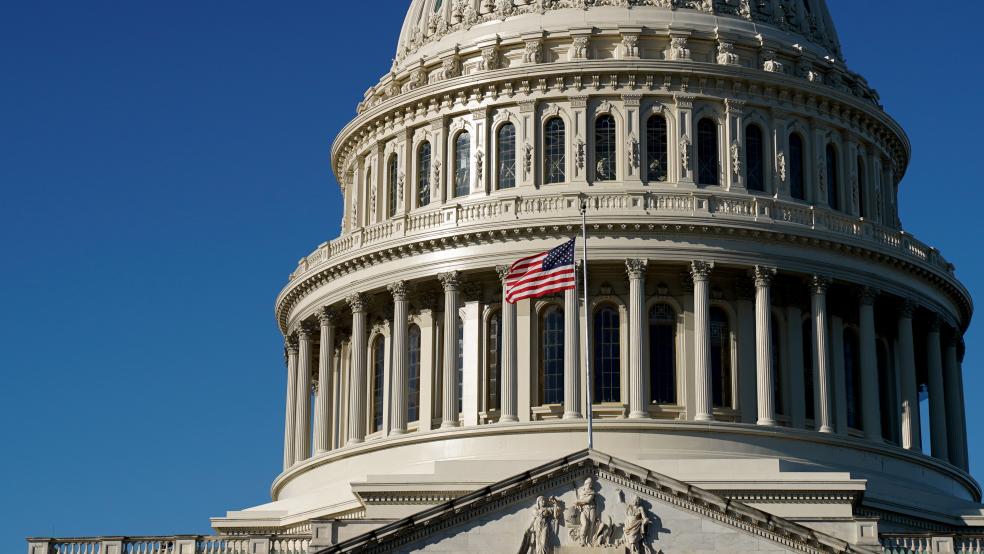The Congressional Budget Office on Tuesday estimated that House Speaker Kevin McCarthy’s proposed Limit, Save, Grow Act would reduce federal budget deficits by $4.8 trillion over 10 years. Discretionary spending would be $3.2 trillion lower than the current baseline, while mandatory spending would be $0.7 trillion lower. And the U.S. would save about half a trillion dollars on interest payments on the public debt, CBO chief Phillip L. Swagel said.
At the same time, an independent economic analysis released Tuesday shows that the GOP bill would reduce employment and raise the unemployment rate, especially in the near term. In an analysis of the potential macroeconomic impact of the McCarthy bill, Moody’s economists Mark Zandi and Bernard Yaros conclude that the legislation’s deep spending cuts would reduce economic growth by 0.65 percentage points next year. The economists compared two scenarios – one in which Congress agrees to raise the debt limit in a “clean” bill that does not include any other policy changes, and another in which Republicans’ bill becomes law – and found that the former would be associated with a GDP growth rate of 2.25% in 2024, while the latter would help produce a growth rate of 1.6%.
Slower growth would hurt the labor market and the analysts found that if the Republican bill succeeds, the employment level in the U.S. economy would be lower by 780,000 at the end of 2024 compared to the “clean” debt ceiling scenario, while the unemployment rate would be 0.36 percentage points higher. “Indeed, under the legislation, GDP growth is so weak that employment declines in the first three quarters of 2024, and the unemployment rate rises by more than a percentage point to 4.6% by the fourth quarter of 2024,” the analysts wrote.
Over the 10-year period, the GOP plan would result in slightly lower GDP and employment levels and slightly higher unemployment. But the nation’s fiscal situation would be better under the GOP bill, with the debt-to-GDP ratio standing at an estimated 106% – higher than the 97% level recorded in 2022, but below the 116% level projected under the “clean” debt limit increase scenario.
Complicating the outlook is the fact that the GOP bill would raise the debt limit for only about one year, laying the groundwork for another potentially destructive showdown in 2024, an election year. “This is sure to weigh on investor, business and consumer confidence and thus economic activity,” Zandi and Yaros wrote.




